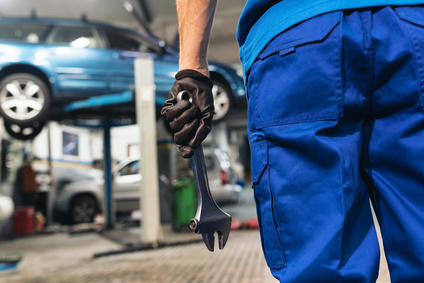
Expert Guide: Essential Tips for Salvage Car Restoration Success
Salvage car restoration can be a rewarding project when approached correctly. Here's what you need to know to successfully restore a salvage vehicle.

Mechanic repairing salvage car in garage
Budget Planning Create a comprehensive budget that includes both the initial purchase price and restoration costs. Research all necessary replacement parts and labor costs before beginning the project. Factor in any desired upgrades to avoid unexpected expenses during the restoration process.
Quality Parts Selection Install new OEM (Original Equipment Manufacturer) parts whenever possible. This ensures:
- Better long-term reliability
- Easier insurance approval
- Improved safety standards
- Better resale value
- Proper fit and function
Documentation Requirements Maintain detailed records throughout the restoration process:
- Original purchase documentation
- Parts receipts and warranties
- Service records
- Repair documentation
- Progress photos
- Insurance-related paperwork
Professional Assistance Seek expert help for:
- Initial vehicle assessment
- Complex mechanical repairs
- Structural repairs
- Electrical system work
- Final safety inspections
A successful salvage car restoration requires careful planning, quality parts, thorough documentation, and professional expertise when needed. Take time to research and prepare before starting your project to ensure the best possible outcome.
Remember to verify local regulations regarding salvage vehicle restoration and registration requirements in your area. Always prioritize safety-related repairs and have the vehicle professionally inspected before returning it to regular use.
Related Articles
AutoBidMaster's 2024 Rebuild Challenge: Florida Mechanic Wins with Stunning Dodge Charger Transformation

